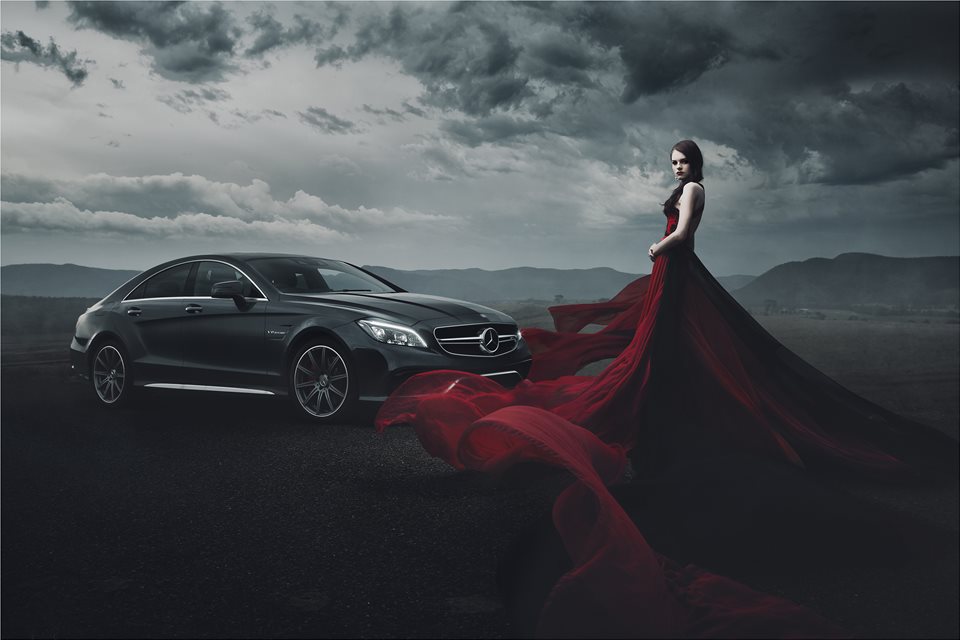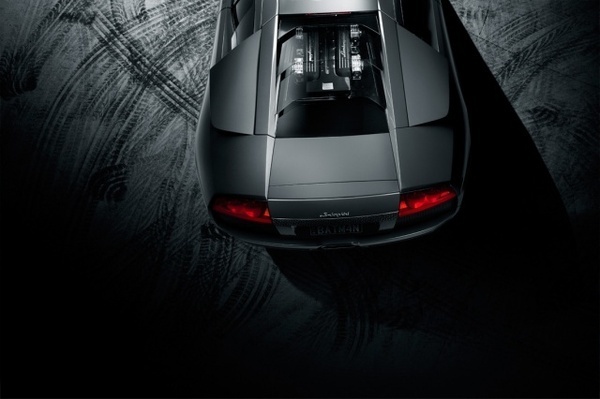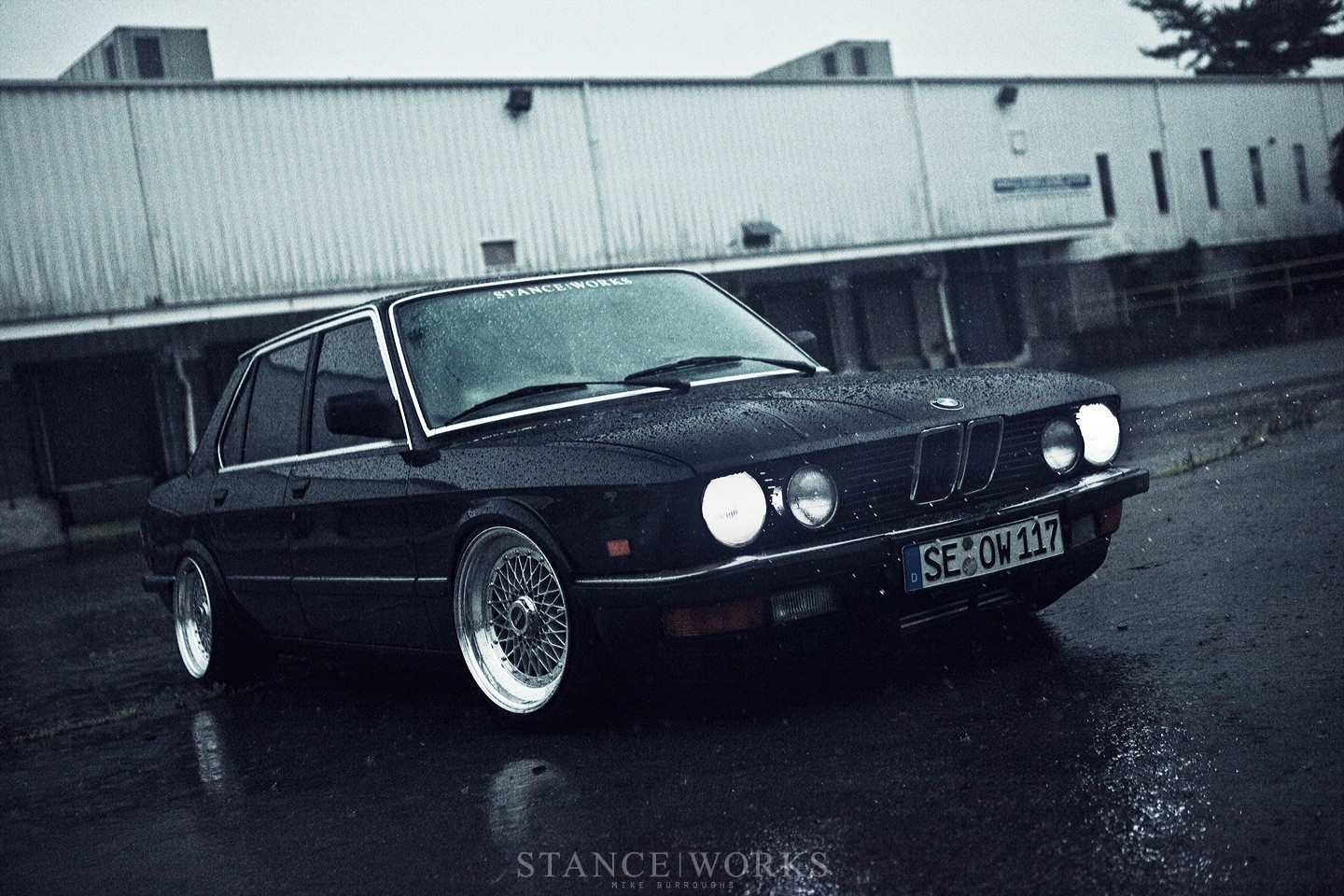Planning:
The aim of this photoshoot is to capture images which are able to capture the contrast of Jersey’s seawall during the war compared to now, the same aim as Gina Socrates. In order to do this I will capture more macro and texture photographs, to capture the war side as it showcase the more unpleasant side of the sea wall. To capture the walls beauty, I will look at capturing more landscape images which outcast onto the beach. I want to be able to show experimentation with camera settings and so I will be adjusting the ISO to create a subtle noise to work with the textured images. Moreover, I will look at experimenting with different angles, shutter speeds and white balances. One thing I noticed from Socrates images was that her images seemed to have a hint of orange/yellow to help show historical factors, by adjusting my white balance and using the Hue setting on photoshop I believe I will be able to achieve this effect within my work. The location of the photoshoot will be down at First Tower// Saint Helier sea wall, as it is a long wall which will provide multiple opportunities to capture different images of the same stimulus. I will also capture St Ouen’s sea wall as that is the wall Gina captured when she conducted her photoshoot.
Contact Sheets:


 Evaluation:
Evaluation:
To evaluate this photoshoot I believe that I have been semi-successful with the images that I have taken. I believe that I have met my artistic aim by capturing the two bipolar uses of the sea wall, in order to present Jersey’s journey through the second world war. However, I do believe that I could have taken more images in order to have more outcomes to work with during the editing process. I was able to capture my images at different viewpoints, from a straight on angle to a birds eye view (which where not as successful as they where captured on a plain ride create a blur to the images). In order to further develop this idea I am going to manipulate my top outcomes on photoshop. I am wanting to create double exposures, level, adjust curves, hue and saturation in order to not only make my images have stronger links to Socrates, but to further develop my presentation of the change in the sea wall in the second world war.







